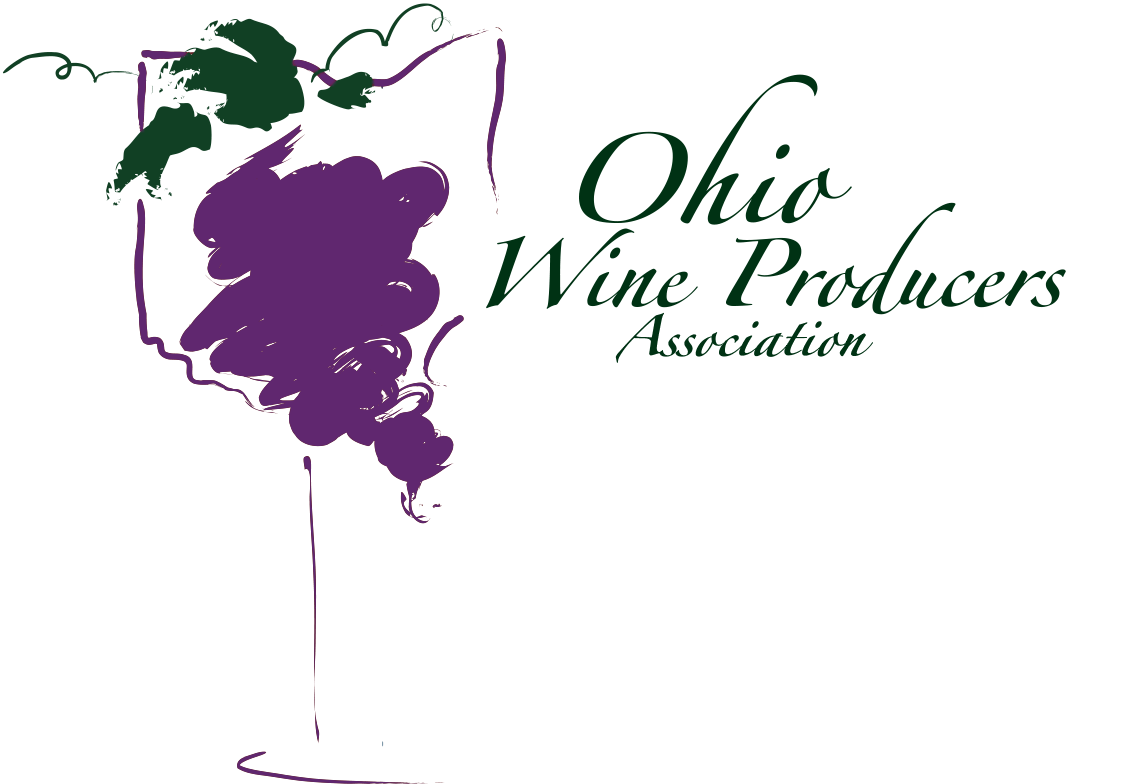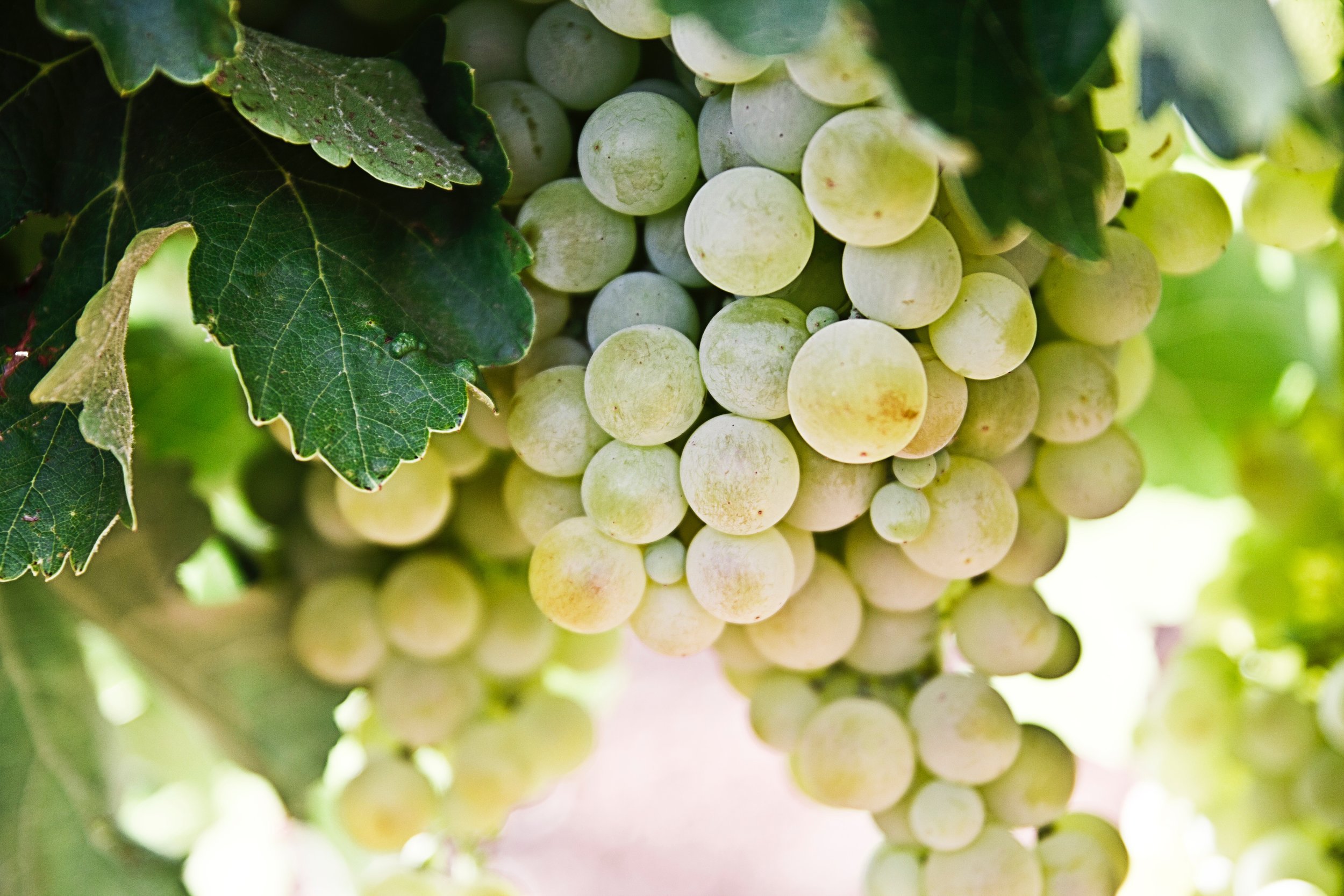Defining quality appearance and aroma
Wine snobs profess to have all the answers when it comes to wine quality. Newbees, insecure with their own palates, are often intimidated by connoisseurs opinions. Realists understand that whatever wine is most enjoyed is really the best.
However, some basic parameters of quality do exist. In Alan Youngs book Making Sense of Wine, he shares some commonly accepted definitions. Young states it is an intellectual phenomenon that occurs between the wine in a glass and the taster who sips it; and that quality is a standard of acceptance based on the tasters current level of development [when it comes to wine experience.]. Final factors include the absence of technical faults and the extent to which the wine satisfies one or more of the tasters expectations. This means that an experienced oenophile [wine lover] would look for very different standards of quality that would be appreciated by someone who is experiencing a glass of wine for the first time. The first might expect a complex bouquet, full body, fruit up front, and a lingering finish on the palate; while the second would want something that tastes good. However, regardless of the level of sophistication, the first two criteria to consider are appearance and aroma.
Color is critical. Much can be determined by simply looking at a glass of wine in a decent light. The wine should be clear, without sediment or cloudiness. Brilliant is the common moniker attached to a gold medal wine. Rose wines should be pink, not orange. Reds should range from almost purple-blue [in a recent vintage] to brickterra cotta [in a wine that has aged well over several dozen years. Whites vary from almost colorless [for wine aged in stainless] through pale straw to golden [for those fermented and held in oak barrels for an extended time.]
One interesting aside is that in a number of studies, it appears that women are more attuned to the color of a wine than are men. While not much research had been done to explain why this is, Young surmises it is because fashion, coordinating wardrobes, etc., has historically been more important to women.
A wines nose is a second very important measure. The human mind is very attuned to this sense of smell. In a lifetime, tens of thousands of odors are experienced, then recorded in the recesses of the human brain. Re-introducing those smells often triggers a flood of related memories.
The majority of aromas in wines come initially from the internal cells of grape berry skins. These are derived from the soils and climactic conditions of each vineyard, thus Catawbas from the Lake Erie Islands, with their limestone laden soils, will actually smell quite different from those grown in the Grand River Region with its mix of clay and sandy loam soils.
The rest of the bouquet of finished wines comes from the aldehydes , alcohols and esters found naturally in the fruit and/or emerging through the fermentation and aging processes. [For example, Vanillin found naturally in oak wood is an aldehyde that is extracted when chardonnays are aged in barrels.] Alcohols are found naturally in many fruits as volatile or essential oils and are intensified during the fermentation process. A typical winegrape will contain more than 15 natural alcohols. [Bananas have about five, oranges about fifteen.]. Depending on the variety, good quality finished wines have a pleasant aroma. It may be earthy, but should not be barnyard; it may be fruity but not cloying; it may be grassy but should not be bitter.
So, wine quality is truly subjective and our industry is appreciative that there is a strong following for quality Catawba as well as quality Chardonnays grown in this region.
For more information: dwinchell@OhioWines.org
About the author:
Donniella Winchell, Executive Director of the Ohio Wine Producers Association...


